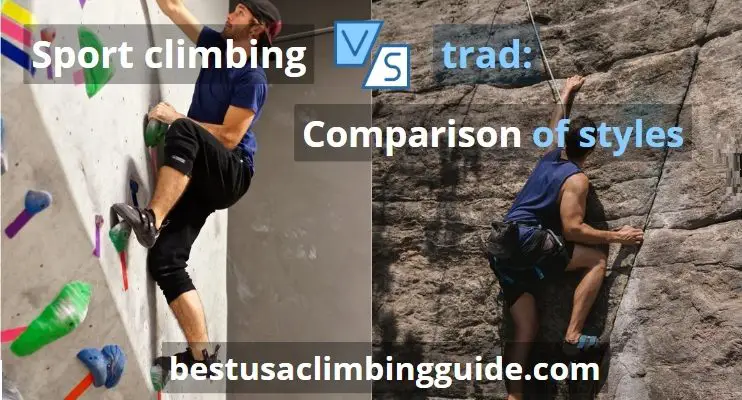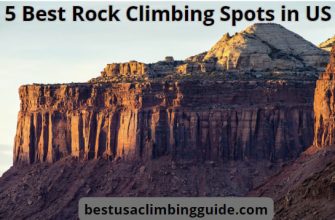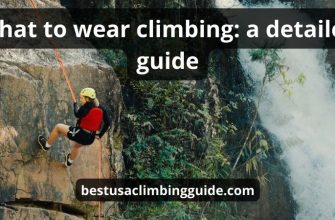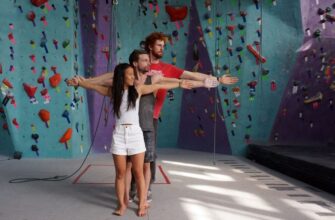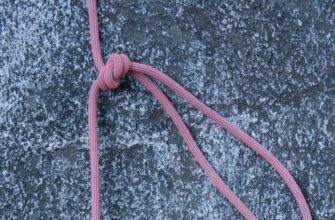Sport climbing vs trad? Climbing is a diverse and exhilarating sport that encompasses a range of styles and techniques. Among the various styles, sport climbing and trad climbing stand out as two distinct approaches to ascending a rock face.
While both offer unique challenges and rewards, they differ significantly in terms of protection, equipment, and overall experience. In this article, we will delve into the comparison between sport climbing and trad climbing to highlight their key differences and help climbers understand which style might resonate with them.
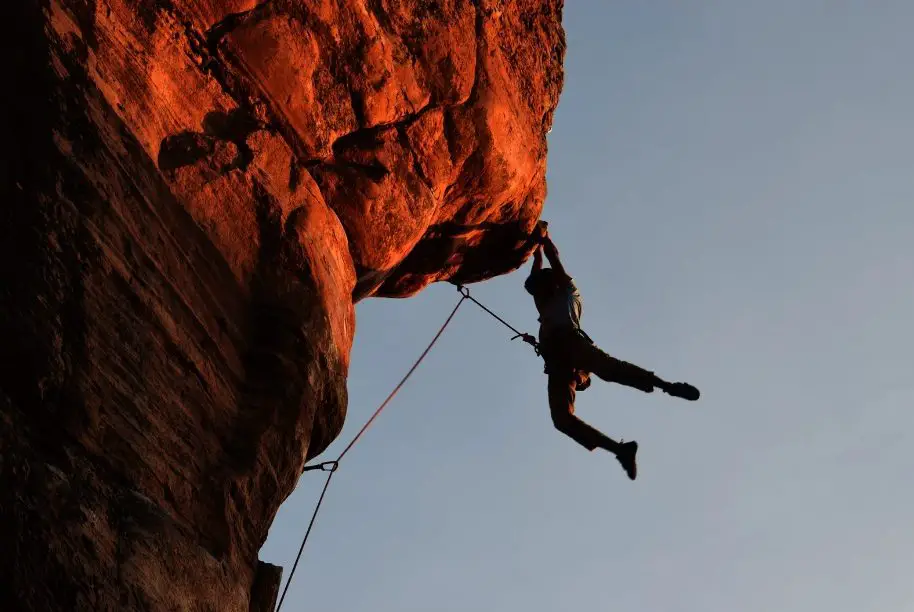
- Sport climbing vs trad? The evolution of rock climbing
- Sport climbing
- Basic sport climbing equipment
- Traditional climbing
- Basic traditional climbing equipment
- What is the difference between trad vs. sport climbing?
- Protection and gear
- Risk and responsibility
- Technical skills
- Environmental impact
- Experience and adventure
- Similarities between traditional and sports climbing
- Unveiling climbing’s dynamic toughest routes
- What is the best climbing?
- FAQ
- What is sport vs. trad vs. lead?
- What is considered sport climbing?
- Why is sport climbing better than bouldering?
- Is sport climbing or bouldering harder?
- Conclusion
Sport climbing vs trad? The evolution of rock climbing
The history of rock climbing goes back many centuries and includes the evolution of different disciplines and styles. Here is a brief overview of the history of several key climbing disciplines.
Traditional climbing has deep roots that go back to the past. This style of rock climbing began during the era of British mountaineering pioneers in the late 19th and early 20th centuries.
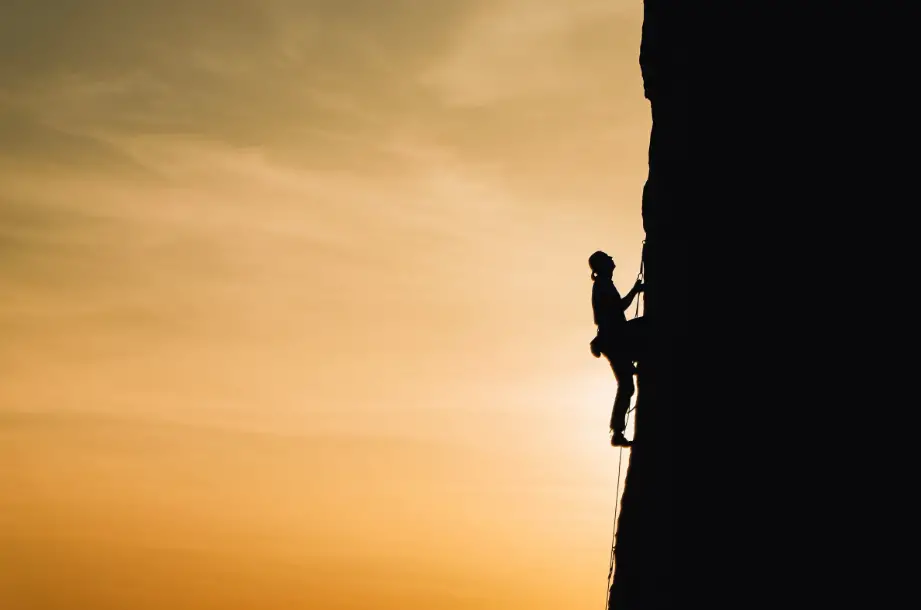
In the beginning, climbers used a simple top rope climbing for safety, but later they began to install their metal anchors in the rocks to protect themselves from falling.
This concept has evolved over time and climbers have begun to use a variety of tools such as hooks to create belays.
Sport climbing in its modern form began in the middle of the 20th century. In the 1960s and 1970s, artificial free-climbing walls for training and competition began to be created in Europe and the United States.
However, the terms “sport climbing” and “bouldering” did not begin to refer to free climbing types until the 1980s and 1990s. Sport climbers competitions, including speed climbing and face climbing, have gained international recognition and have been included in the program of the Olympic Games.
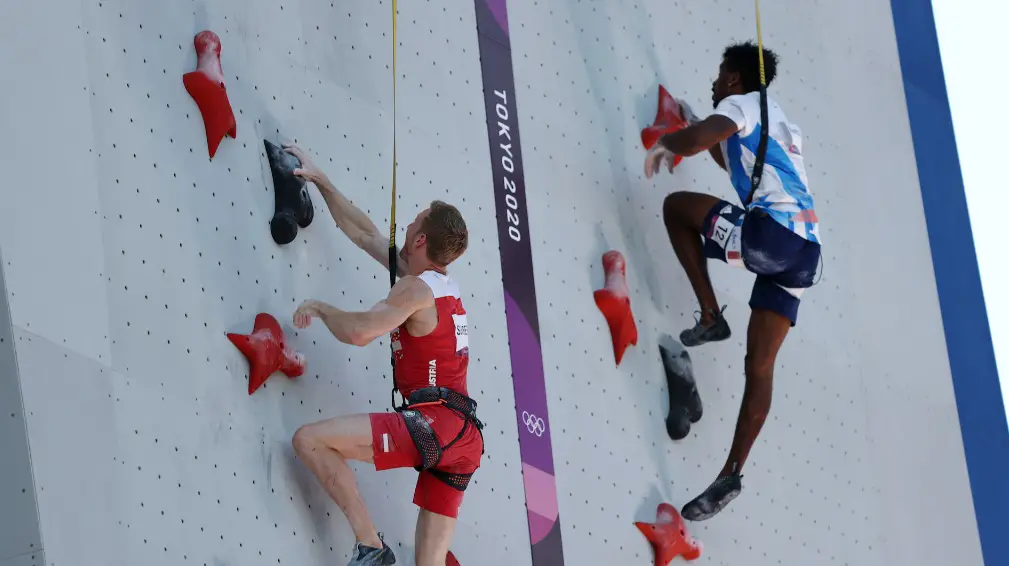
Sport climbing
Sport climbing relies on pre-bolted climbing routes. This style is recognized for its dynamism and competitive focus. Climbers in this style compete on artificial climbing walls, organized using pre-installed belay points such as hooks and belay stations.
The main focus is the competitive aspect as well as technical skills. Athletes are evaluated by the speed of overcoming routes, as well as their complexity.
There are various disciplines in this style such as bouldering, speed, and rock face climbing.
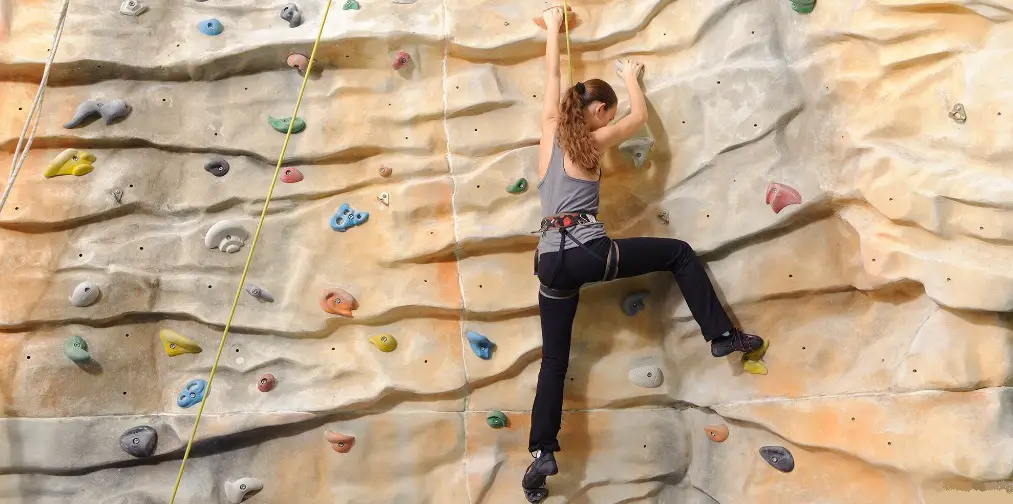
The benefits of sport climbing:
A sport is a dynamic and exhilarating form of climbing that offers numerous advantages and benefits to enthusiasts. Here are some of the key advantages and benefits that climbers can enjoy from engaging in the sport of rock climbing:
- Safety: The use of pre-set safety points makes sports climbing more accessible and less risky for beginners.
- Competitiveness: Competitions and standardized routes allow climbers to measure their skills and compare them to others.
- Technical skills: Free climbing predetermined routes develops technical and physical prowess.

Basic sport climbing equipment
For sport climbing you will need rock boots, a helmet, harness, rope, quickdraws, chalk with a bag, a belay system, carabiners, and optional gloves. If you plan to climb on opening rocks, you will also need protective equipment, such as stoppers.

Traditional climbing
Traditional rock climbing is a style that is closer to natural rock climbing. In this style, the climbers themselves place safety aids, such as bookmarks and safety hooks, in natural crevices and openings in the rock formations.
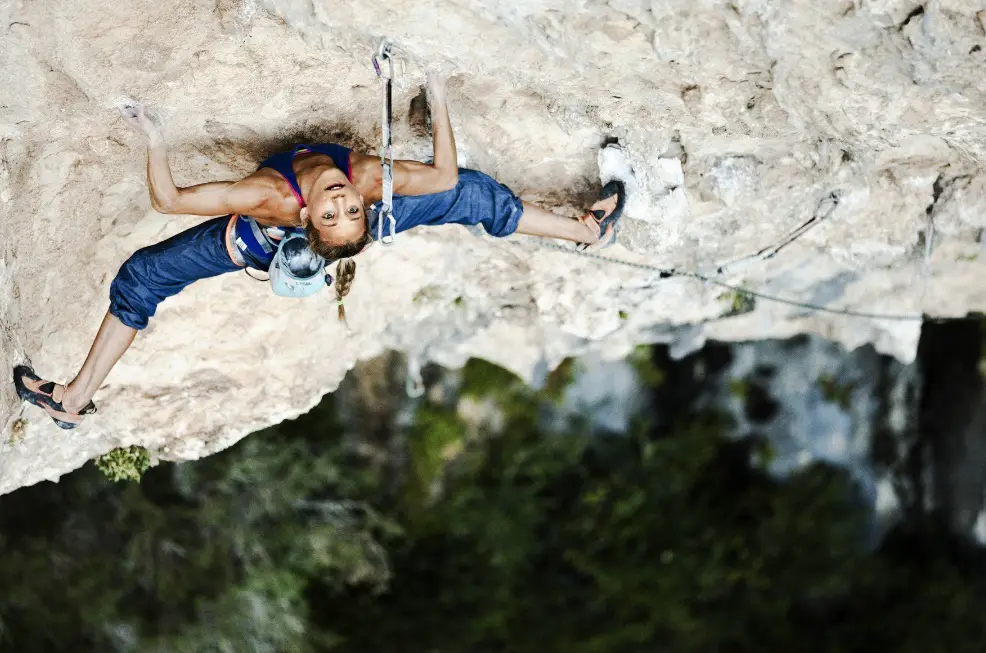
Trad climbing requires a deeper understanding of the rock structure, as well as the ability to choose suitable belay points.
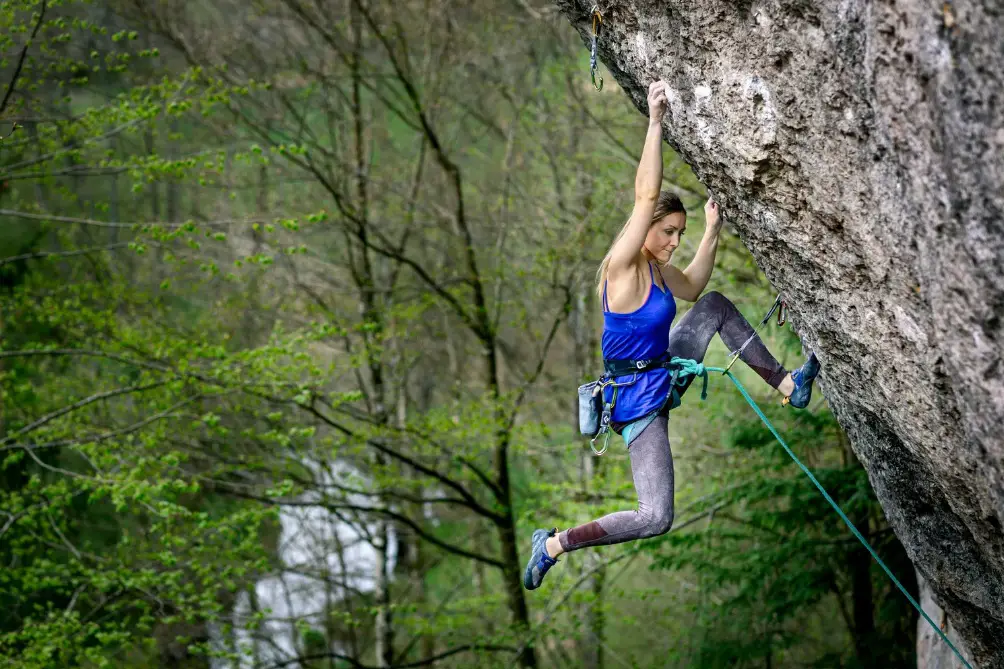
The benefits of trad climbing:
Trad climbing offers unique benefits that attract the trad climber seeking a more adventurous and self-reliant experience. Here are some of the advantages of trad climbing:
- Creativity and freedom: Climbers can choose the best places to bookmark, which gives them more freedom and creativity.
- Authenticity: Trad climbing provides a close-to-natural climbing experience, emphasizing the natural aspects of climbing.
- Increased challenge: The lack of pre-set safety points makes trad climbing more technical and demanding.
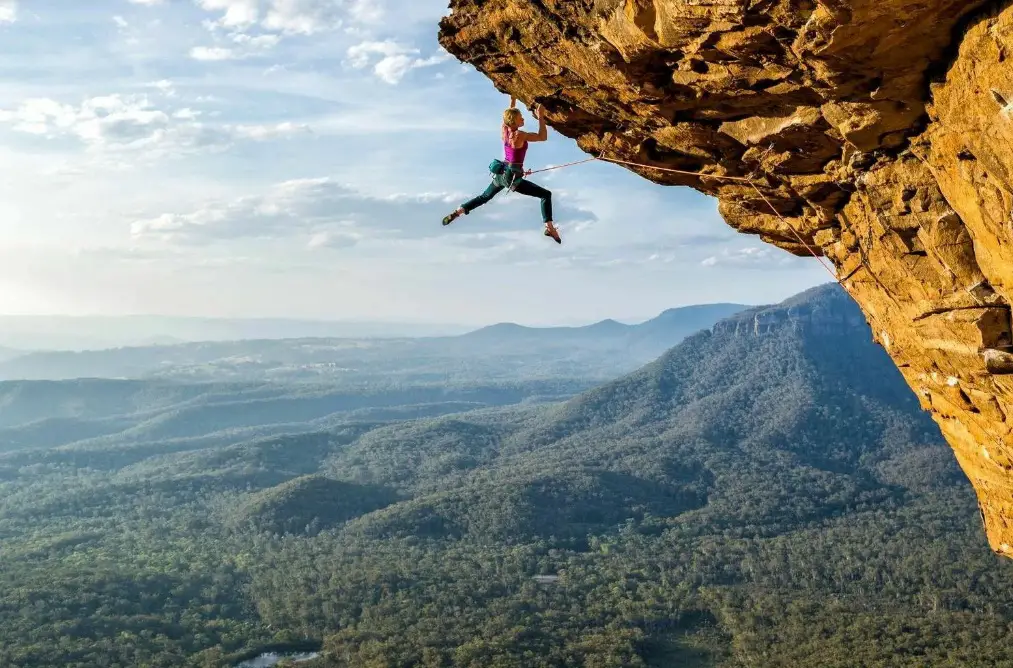
Basic traditional climbing equipment
For traditional climbing, you’ll need climbing shoes, a helmet, harness, rope, protection devices, slings, quickdraws, carabiners, a belay device, a nut tool, a chalk bag, anchoring equipment, locking carabiners, spare gear, and a guidebook.

What is the difference between trad vs. sport climbing?
The difference between sport climb and trad climbing lies primarily in the way protection is placed on the rock and the equipment used. Here’s a concise breakdown of the key differences between the two climbing styles.

Protection and gear
Sport climb: Sport climbing routes are equipped with pre-placed bolts and anchors for protection. The process is to clip their top rope climbing into these fixed points as they ascend, providing safety against falls. The required climbing gear includes climbing shoes, a harness, a helmet, and quickdraws.
Trad climbing: Trad climbing involves placing removable protection, such as nuts, cams, and slings, into cracks and features of the rock. The trad climber must carry a full trad climbing rack of climbing gear and place and remove protection as they progress. This style demands a deeper understanding of free climbing gear placement and anchor building.
Risk and responsibility
Sport climbs: Sport climbs offers a relatively higher level of safety due to the presence of fixed bolts. Sport climbers must still navigate challenging routes and manage potential risks associated with dynamic movements and falls.
Trad climbing: Trad climbers take on greater responsibility for their safety. The reliability of protection depends on the trad climb skills and judgment, making it inherently riskier. Mistakes in climbing gear placement or anchor building can lead climbing to dangerous situations.
Technical skills
Sport climbing: While technical skills are still essential in a sport climbs, the focus is often on movement, endurance, and strategy. Climbers work to master efficient climbing techniques and solve intricate sequences.
Trad climbing: Heavier trad climbing rack with a strong emphasis on technical skills, including climbing gear placement, anchor building, and route finding. Trad climb must be adept at evaluating the rock’s features to determine suitable placements.
Environmental impact
Sport climbing: Sport climbing protection quickdraws can impact the rock over time, but the environmental impact is generally less noticeable compared to trad gear climbing.
Trad climbing: Placing and removing protection in trad gear climbing can have a more visible impact on the rock’s features. Trad climb must prioritize minimizing their ecological footprint.
Experience and adventure
Sport climbing: Sport climbing focuses on a focused experience of movement and route execution. Climbers can quickly attempt multiple routes, honing their skills and pushing their limits.
Traditional climbing: Trad gear climbing provides a deeper connection to the rock and a sense of adventure as trad climbs explore uncharted trad routes. The mental challenge of climbing gear placement and trad routes finding adds to the overall experience.

Similarities between traditional and sports climbing
Traditional and sport climbing have several similarities:
Climbing technique: In both styles of climbing, you need to use climbing technique skills to navigate the rock efficiently and choose the best moves.
Equipment: Both styles require specific equipment such as climbing boots, helmets, harnesses, ropes, carabiners, and other items to ensure safety and support while climbing.
Physical fitness: In both traditional and sport climbing, good physical condition is important, including strength, flexibility, and endurance.
Psychological aspect: Both climbing styles require mental strength, determination, and concentration to overcome difficulties and fear.
Communication: In traditional and a sport climbing, effective communication between partners is important, for example when belaying and descending.
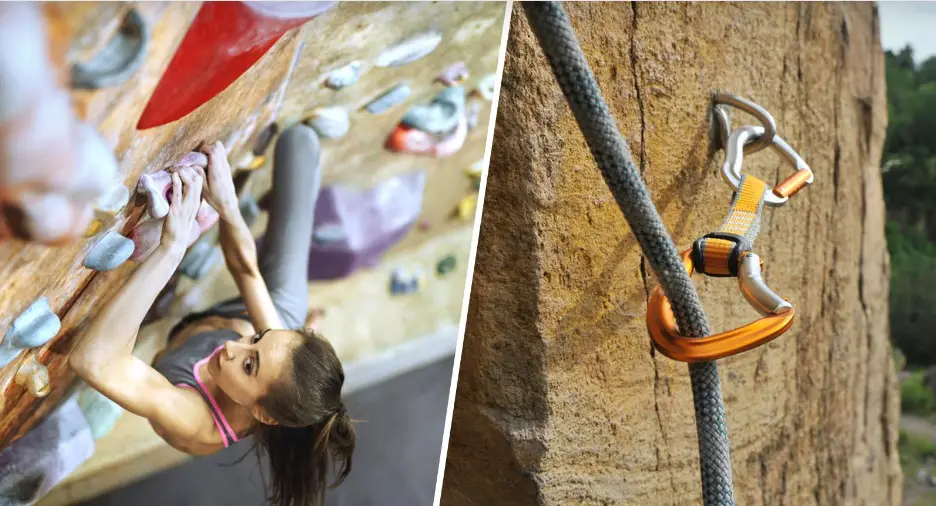
Unveiling climbing’s dynamic toughest routes
The most difficult routes for sports and trad climbers are constantly changing depending on the development of technology, the training of climbers, and the creation of new routes. Here are some examples of complex routes in both styles:
For sport climbing routes:
Silence (9c/5.15d): Located in Norway and has been rated as one of the most difficult sport climbing routes. It was first climbed by Adam Ondra in 2017.
Change (9b+/5.15c): This route was created in Norway and climbed first by Jurgen Lissner and then by Adam Ondra in 2012.
La Dura Dura (9b+/5.15c): This route is located in Spain and was climbed by Chris Sharma and Adam Ondra in 2013.
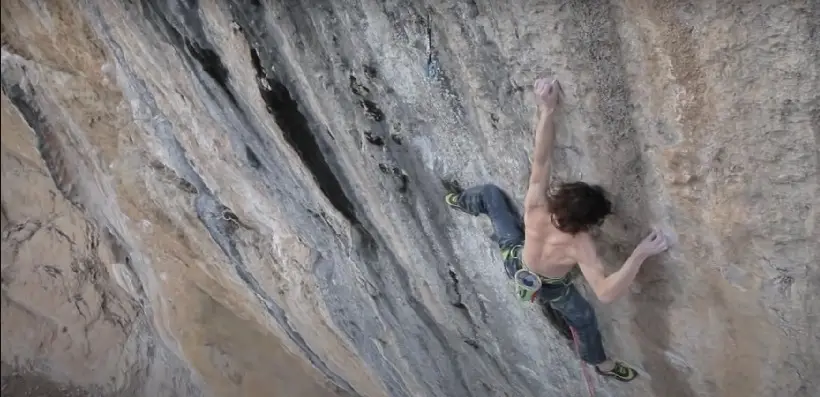
For trad climbs:
Dawn Wall (5.14d/9a): These trad climbing routes in the Yosemite Valleys in the USA were climbed by Tommy Caldwell and Kevin Yarg in 2015-2016. It is considered one of the most difficult trad routes for traditional climbers.
Perfecto Mundo (9b+/5.15c): This route in Spain was climbed by Alex Megos in 2019. It combines elements of traditional and sport climbing.
Salathe Wall (5.13c/8a): This route in Yosemite Valley is considered one of the hardest and most classic routes for trad climbers.
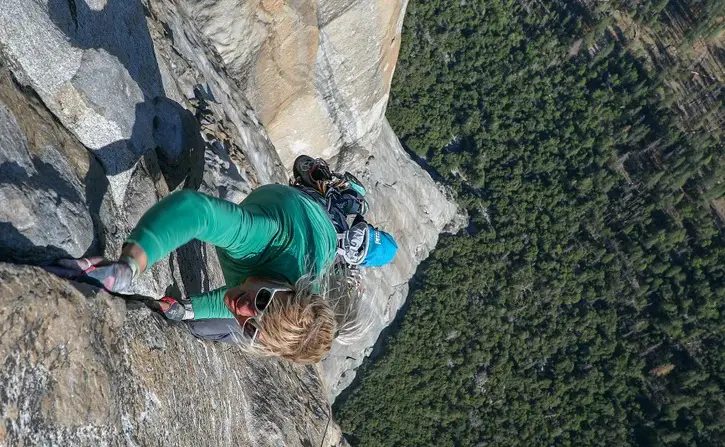
What is the best climbing?
The choice between different climbing styles depends on your interests, goals, fitness, and personal preferences. Here are a few questions to help you determine which climbing style is best for you:
Goals: What do you want to achieve in climbing? If you are interested in competing and developing in sports routes, then sport climbing may be a good choice. If you are looking for adventure and close contact with nature, trad climbing may be more suitable.
Physical fitness: What aspects of physical fitness are you interested in? Sport climbing develops strength, flexibility, and endurance, while trad gear climbing requires good technique and maneuvering skills.
Comfort level with risk: Trad climbing often involves a lot of risks, as the reliability of the belay depends on your skills and the correct placement of protection equipment. If you prefer a more predictable experience, sport climb may be more suitable.
Technical: What skills do you want to develop? Sport climbing develops the skills of movement and solving dynamic sequences, while trad climbing requires skills in the placement of protection equipment, bolting, and route evaluation.
Connecting with nature: If being outdoors and enjoying nature is important to you, trad climbing can provide a more intense experience, as it is often done on exposed rocks.
Practice opportunities: Consider the availability of climbing walls and rock formations in your area. If you can easily practice one style, this may influence your choice.
Ultimately, the best style of crack climbing is the one that brings you pleasure and suits your interests.
Some climbers also choose to combine different styles to diversify their experience.
It is important to be open to new experiences and find your own way in the climbing world.
FAQ
What is sport vs. trad vs. lead?
Sport climbing: Sports climbing involves ascending established routes on artificial climbing walls or natural rock faces using pre-placed protection, such as bolts, hangers, and fixed anchors. Climbers rely on the fixed gear for protection as they ascend the route.
Trad climbing: Trad climbing is a style that emphasizes placing removable protection, such as nuts, cams, and slings, into crack climbing and features of the rock to protect against falls. Trad climbers carry their own gear and remove it as they ascend, leaving no permanent marks on the rock.
Lead climbing: Lead climbing refers to taking the lead on a climb by ascending the route while clipping the rope into pre-placed protection.
This can apply to both trad vs. sport climbing. Lead climbing is responsible for setting up protection points and belaying their partner from above.
The lead climber chooses the route to be climbed. He or she also prepares the rock backpack, which contains the necessary protective equipment, rope, and other necessities.
At the top of the route, where the ascent begins, the lead climber sets up an anchor and attaches a rope to it, which will be used for insurance.
As each safety point is passed, the lead climber uses spring-loaded camming devices called carabiners and belay devices to attach the rope to the safety point.
This ensures that a long-distance fall is prevented in case the climber fails.
Lead climbing requires good technical skills, confidence, and the knowledge of how to properly attach the rope to the protection points.
The lead climbing style allows climbers to explore a variety of routes, including more technical and extreme ones.
What is considered sport climbing?
Sport climbing involves ascending established routes on either indoor climbing gyms wall or natural rock formations using fixed protection points.
These protection points are typically bolts that have been drilled into the rock or artificial wall.
Climbers clip their rope into these bolts as they ascend, providing a safety mechanism in case of a fall.
The indoor climbing gym is known for its dynamic movements, technical challenges, and competitive nature in both indoor and outdoor settings.
Why is sport climbing better than bouldering?
The preference between sport climbing and bouldering often depends on personal interests and strengths, so it’s not necessarily that one is better than the other. However, climbing gym offers certain advantages:
1. Endurance training: Gym climbing involves longer routes, which can provide better endurance training compared to shorter, intense bursts of bouldering.
2. Technical knowledge development: The longer routes in sport climbing allow climbers to practice a wider range of technical knowledge and movements.
3. Social aspect: Sport climbing is typically done in pairs, with one person belaying the other. This social aspect can make it a more interactive and collaborative experience.
Is sport climbing or bouldering harder?
The difficulty of sport climbing versus bouldering is subjective and varies depending on the individual’s strengths and preferences.
Generally, bouldering tends to focus on short and powerful movements, requiring strength, dynamic coordination, and problem-solving skills.
Sport climbing involves longer routes with more sustained endurance challenges and a broader range of techniques.
Comparing their difficulty directly can be challenging because both require different skill sets.
Some climbers may find sport climbing harder due to its endurance demands, while others might find trad climbing harder due to its intense and intricate movements.
Ultimately, the difficulty is determined by the specific route or problem being attempted and the climber’s personal strengths and weaknesses.
Conclusion
Trad vs. sport climbing offers distinct experiences and challenges that cater to different preferences and skill sets.
Sport climbing is accessible and relatively safer, focusing on movement and endurance, while trad climbing demands a more profound understanding of gear and anchors, offering a more adventurous and self-reliant experience.
Climbers should consider their goals, skills, and comfort levels to choose the style that resonates with them and aligns with their climbing journey.

